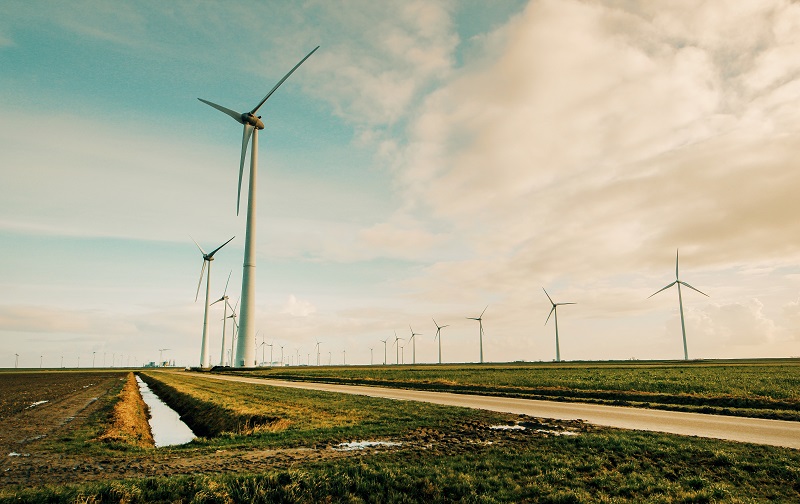According to the latest projections from the International Energy Agency, renewable energy will supply over 70% of China’s extra electricity demand in the next three years, as coal’s role in powering the world’s second-largest economy continues to shrink, The South China Morning Post reports.
Any increase in demand beyond current levels is referred to as additional demand.
The fast renewable energy expansion of onshore wind and solar farm installations is predicted to continue even as state subsidies are taken out, with their total generating capacity increasing 75% to 930 gigawatts by 2024 from 530 gigawatts in 2020, according to the report.
China’s ambition to progressively decarbonize its predominantly coal-powered electricity supply relies heavily on renewable energy expansion, with the country aiming for peak coal consumption by 2025 and peak carbon dioxide emissions by 2030 to help combat global warming and climate change.
Coal accounted for 64% of China’s power output in 2021, with hydropower accounting for 16%, wind accounting for 7%, and nuclear accounting for 5%, according to the report.
Some climate and environmental activists have criticized the country for not doing enough to slow the expansion of its fleet of coal-fired power plants, which now accounts for half of the world’s total capacity, despite the fact that it has closed several inefficient facilities.
Analysts have suggested that the rate of energy transition must be matched with the needs for growth and energy supply dependability.
Muyi Yang, a Sydney-based senior Asia electricity policy analyst at climate and energy think tank Ember said that coal and other fossil fuels’ participation in providing China’s additional electricity demand have decreased from roughly 80% in the first decade of this century to 52% in 2010-2015 and 46% in 2015-2020.
“The IEA’s projection of 30% of incremental demand for electricity met by fossil fuels over 2021-24 is a continuation of [this] trend,” he said. “It is very likely that this declining trend will continue, if not accelerate, in 2026-2030.”
Beijing declared in July an ambitious goal of installing more than 30GW of additional non-hydro energy storage capacity between 2021 and 2025 as part of efforts to increase the power grid’s capability to absorb intermittent renewable electricity while preserving its stability.

